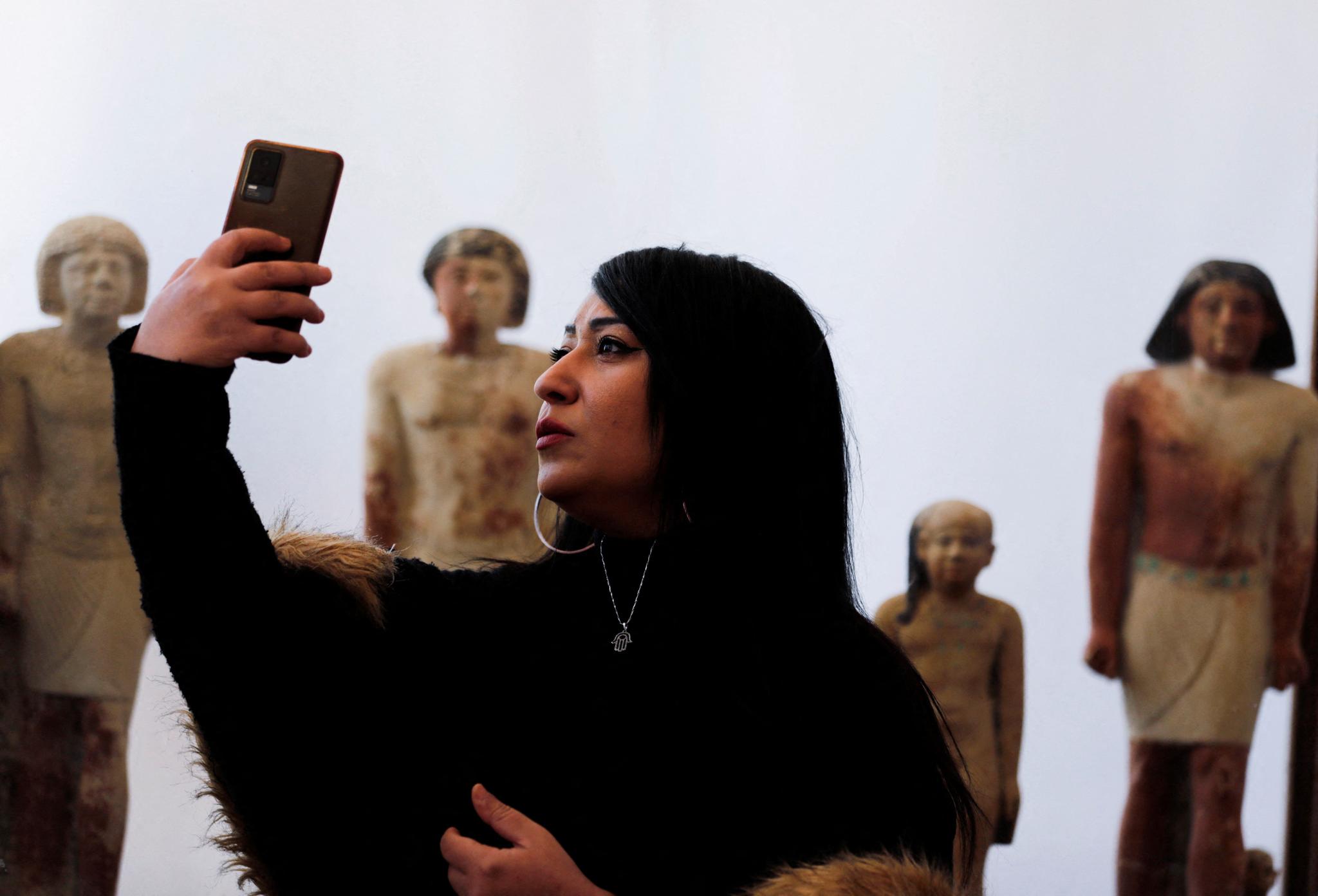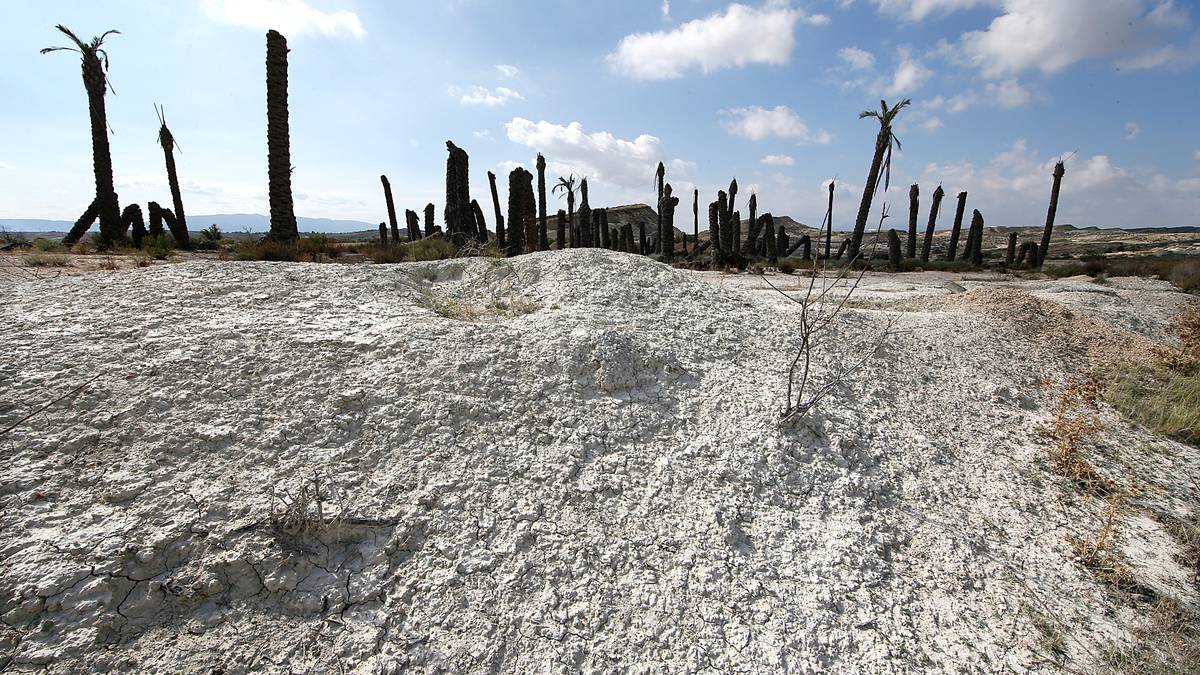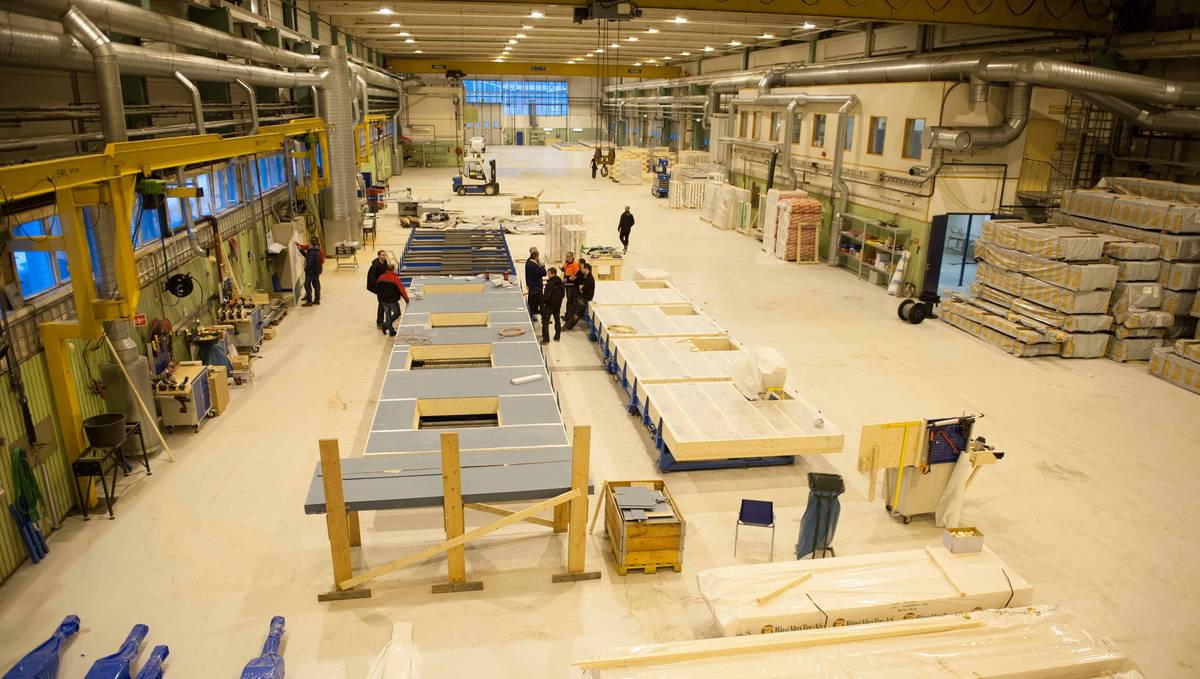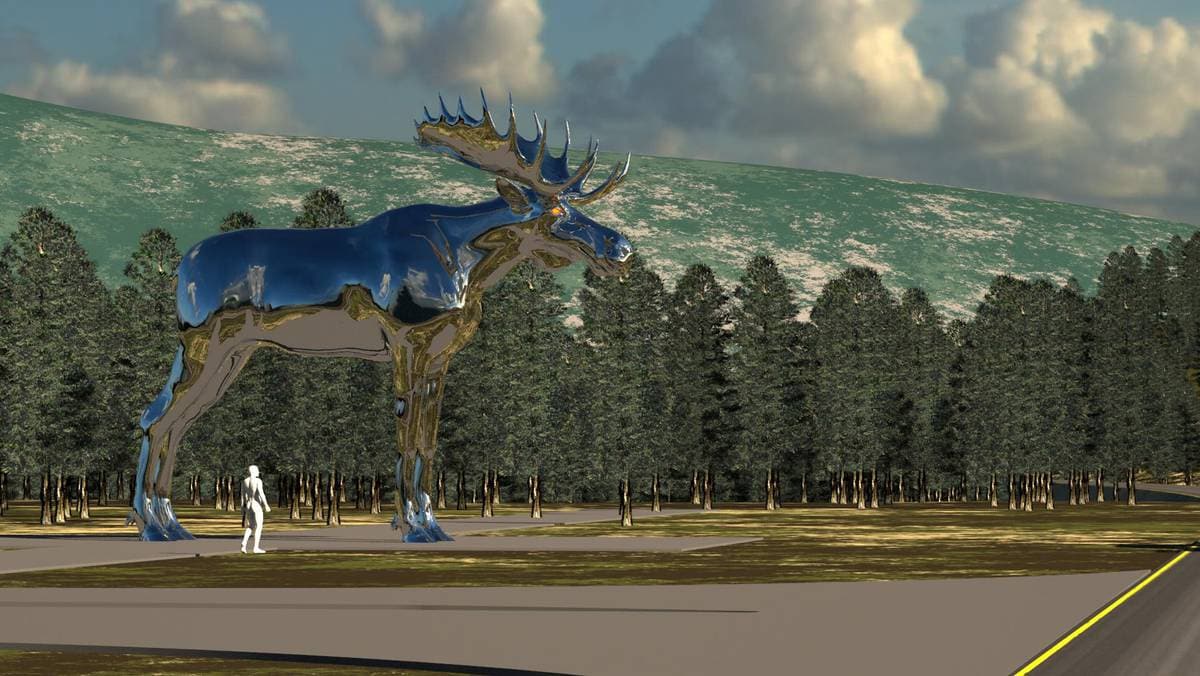Even ancient things can become news. Egyptian archaeologists have discovered a 4,300 year old mummy.
A man named Hakashepes lay in his grave for some 4,300 years. But then he was found. Lying under a golden cover, in a huge limestone sarcophagus.
The discovery was made at the ancient Sakkara burial site on the Nile River, more than 2 miles south of the capital Cairo, after long excavation work.
– I stuck my head in the sarcophagus to see what I could find. And then there’s the mummy of a very beautiful man in there, archaeologist and former Minister of Culture Zahi Hawass said Thursday.
The mummy may be one of the oldest and best preserved ever found in Egypt, the news agency reports AP and other media.

Lying under the stairs
The most famous burial sites of ancient Egypt are the pyramids and the Great Sphinx on the Giza Plateau, as well as the Valley of the Kings with the tombs of Kings Ramses IV and Tut-ankh-Amon.
But right next to Giza is Sakkara, as part of the large necropolis (burial field) of the ancient capital of Memphis. At Sakkara stands, among others, the great stepped pyramid built by King Djoser, approx. 2500 years BC
The recent burial discoveries were made in the pyramid, in a shaft 15 meters below ground level. The mummy, which is supposed to be that of an embalmed man named Hakashepes, was found “just as the ancient Egyptians left it more than 4,000 years ago”, according to archaeologist Hawass.
Three other graves have also been found, reports say BBC. In one of the graves lies the priest and sage Khnumdjedef. In another grave lies Meri, a royal official with a special responsibility to keep secrets. Archaeologists also found a number of statues, amulets, ceramic objects and hieroglyphics in the tomb, which was not the only archaeological find in Egypt this week.

Findings on the conveyor belt
On Tuesday, several ancient burial discoveries were reported in Luxor. Ruins of a Roman village were found in the same area, dated to 200–300 BC. And on the same day, completely detached from the Luxor find, researchers at Cairo University told about their study of an embalmed teenager. Through advanced scans, including amulets, the researchers thought they could tell something about the boy’s life and social status in the 3rd century BC.
The Egyptian authorities did not hesitate to share archaeological news. Tourism is very important for the country. Throughout the year, after a number of delays, the Grand Egyptian Museum outside Cairo will open. It will be one of the largest museums in the world, with Tut-ankh-Amon’s burial chamber as one of the main attractions. The old pharaoh, who ruled in the 14th century BC, had his tomb opened in 1922. There are more than 5,000 objects, many suitable for display.

“Hardcore zombie fan. Incurable internet advocate. Subtly charming problem solver. Freelance twitter ninja.”







:quality(70):focal(2632x1616:2642x1626)/cloudfront-eu-central-1.images.arcpublishing.com/mentormedier/ZNNRYRVNU6TUOQBBL22PE3O37M.jpg)